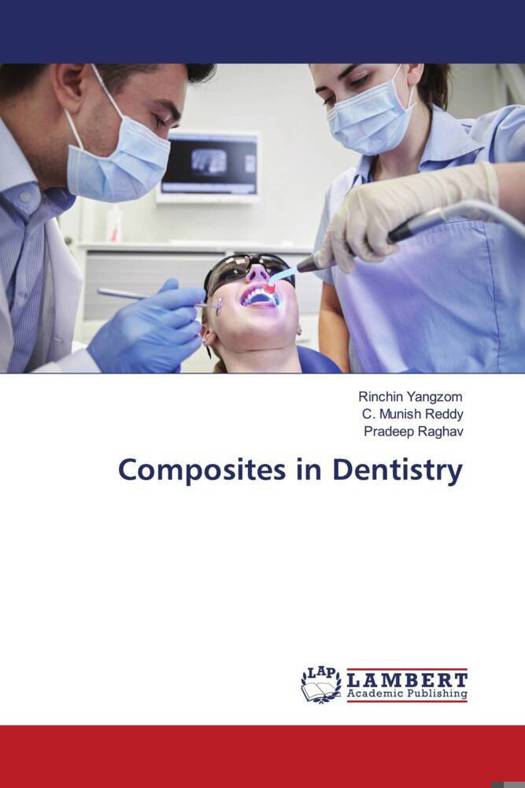
- Afhalen na 1 uur in een winkel met voorraad
- Gratis thuislevering in België vanaf € 30
- Ruim aanbod met 7 miljoen producten
- Afhalen na 1 uur in een winkel met voorraad
- Gratis thuislevering in België vanaf € 30
- Ruim aanbod met 7 miljoen producten
Zoeken
€ 60,45
+ 120 punten
Omschrijving
The history of tooth-colored aesthetic restorations started with silicate cement followed by polymethylmethacrylate (PMMA). While both the materials demonstrated decent initial aesthetics, they had poor physical properties. Therefore, composite resins were introduced to overcome the inherent shortcomings of the previous materials. Earlier, composites were used only as an anterior restorative material, but now due to their improved mechanical properties, they are used even in posterior areas. Not only this, but their versatility has also led to their utilization in other areas of dentistry including splinting and bonding orthodontic brackets. Therefore, this book gives a review of the advancements of composite materials that had taken place over the years.
Specificaties
Betrokkenen
- Auteur(s):
- Uitgeverij:
Inhoud
- Aantal bladzijden:
- 104
- Taal:
- Engels
Eigenschappen
- Productcode (EAN):
- 9786205518205
- Uitvoering:
- Paperback
- Afmetingen:
- 150 mm x 220 mm

Alleen bij Standaard Boekhandel
+ 120 punten op je klantenkaart van Standaard Boekhandel
Beoordelingen
We publiceren alleen reviews die voldoen aan de voorwaarden voor reviews. Bekijk onze voorwaarden voor reviews.











